With the aid of animals and friends alike, Knut and Christina cook up a storm in the tiny village of Rensow, changing the world in the process, brick by red brick.
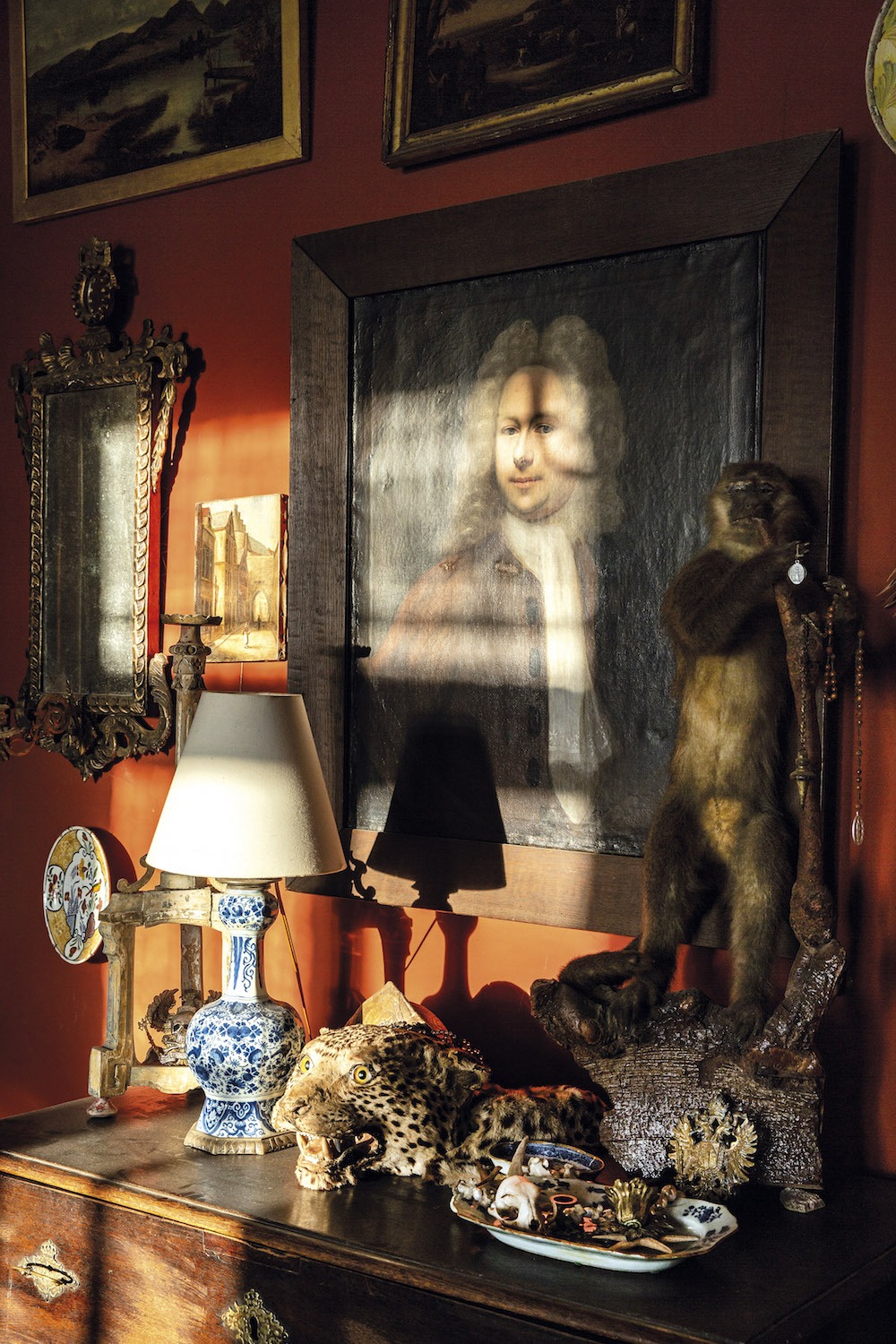
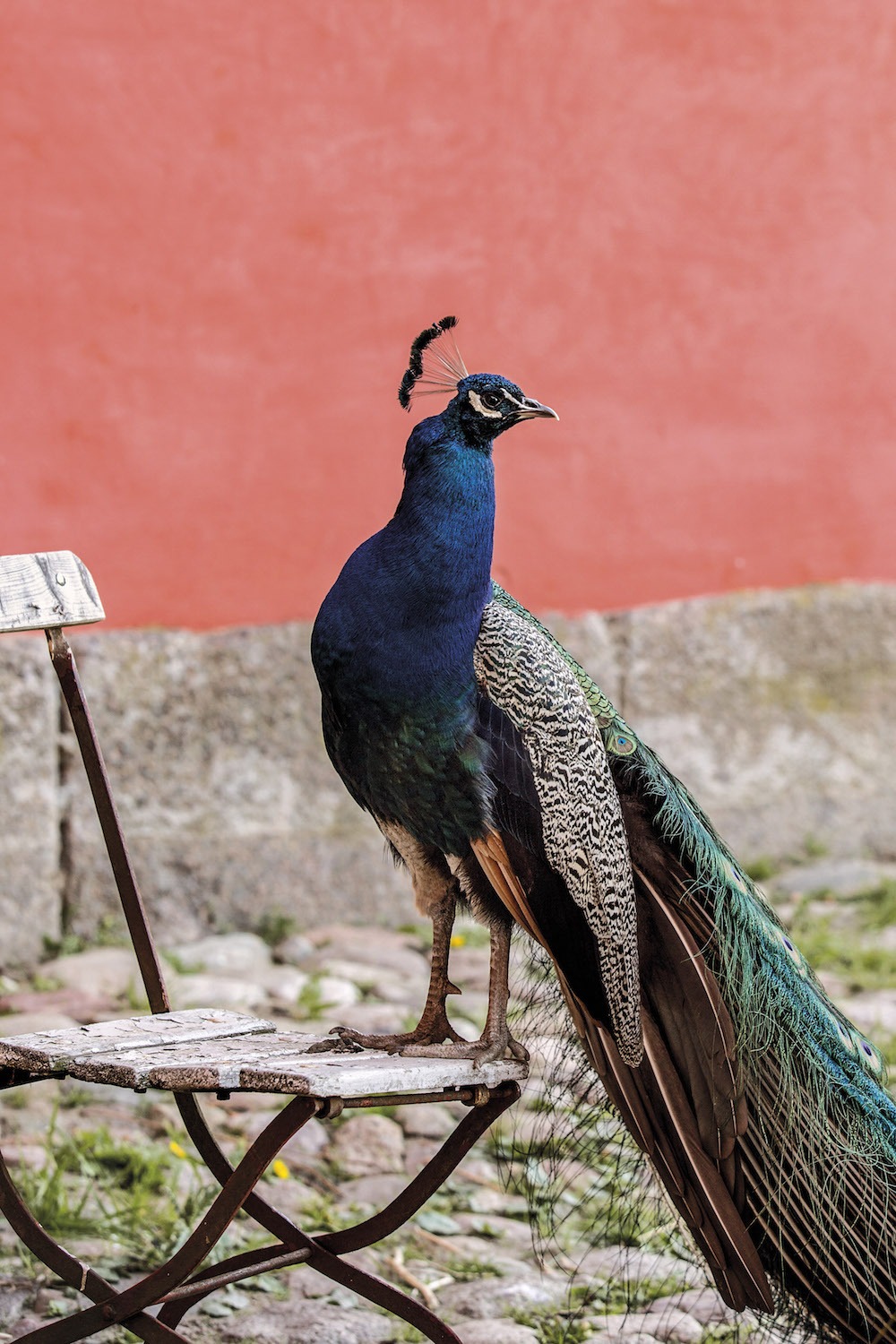
A large male peacock struts its stuff, positioned at its favourite spot: a low rock in front of dense woodland. It’s a warm, clear day, tempered by a gentle breeze, and the washing on the line whips and cracks, obscuring the peacock from view. Not to be outdone, the peacock’s shrill call reaches from one end of the estate to the other, bouncing off the red manor house. The peahens –joined by another, smaller male– look up and cock their heads, before resuming their habitual search for food. Elsewhere, too, life on the estate continues unabated.
‘We’ve both been out and about,’ says Knut, a ball of unstoppable energy wreathed in cigar smoke. ‘I studied international diplomacy and economics, and spent 18 years outside of Germany, working in Paris, London, Strasbourg, Dubai.’ ‘I work in fashion and interior decoration,’ says his Danish wife Christina, with an easy elegance that just stops short of forbidding. ‘I’ve lived in Copenhagen, London, Berlin. We bought the manor house in 2002, but it was a ruin back then.
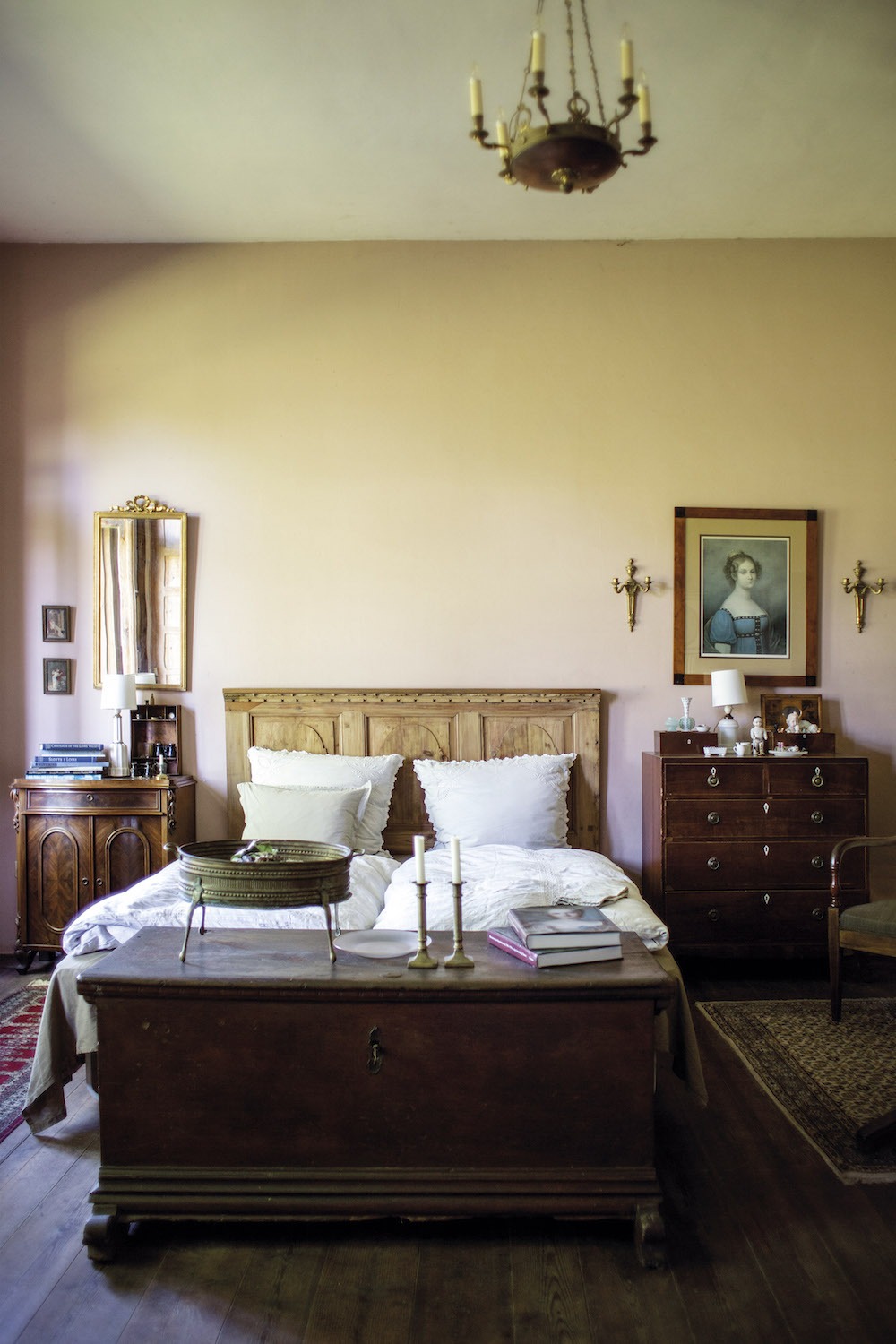
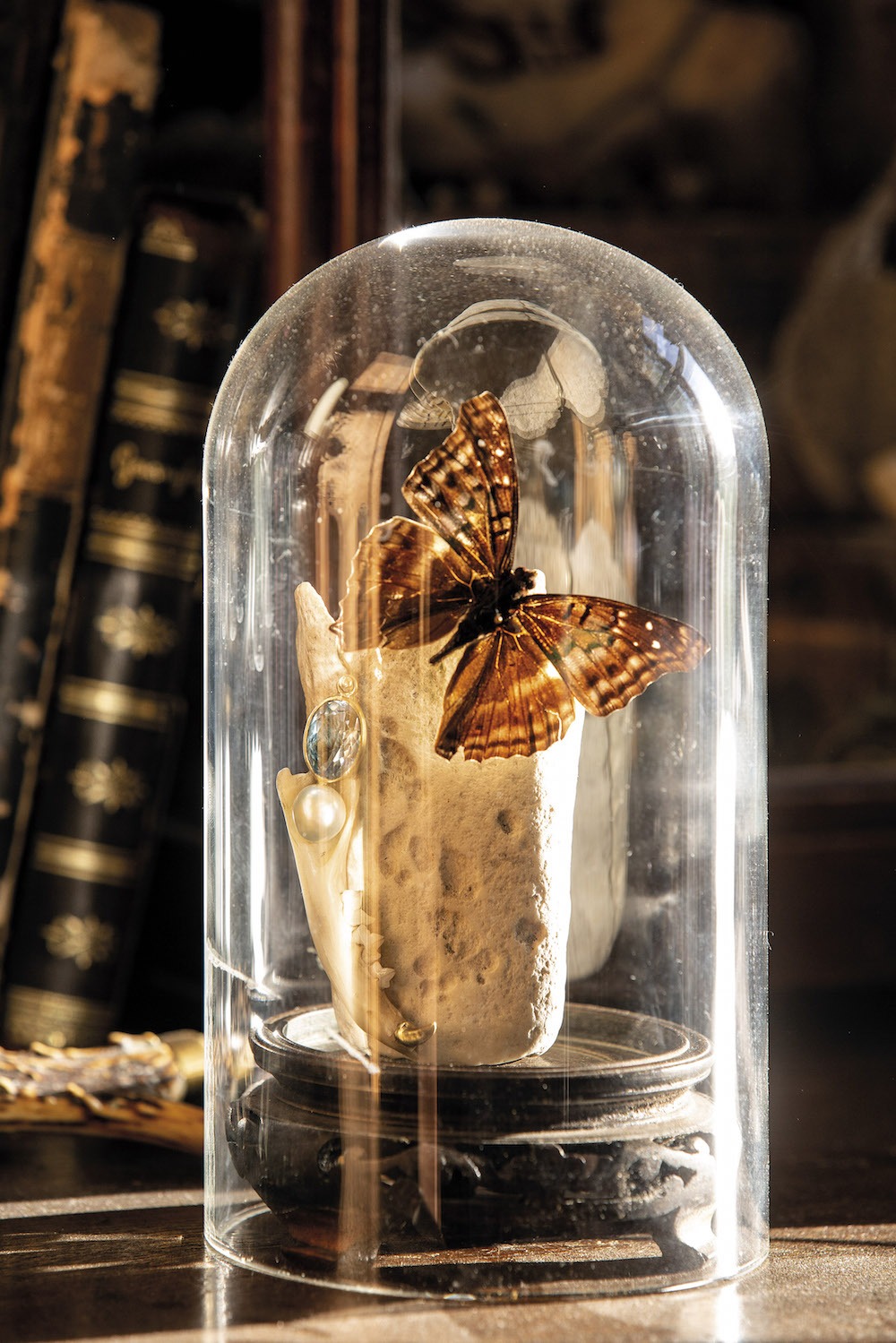
’The tiny village of Rensow is roughly equidistant from Berlin and Hamburg, taking a couple of hours to reach from either city. Driving through the green and pleasant countryside of Mecklenburg on a sunny spring day, the roadside dotted with poppies, buttercups and cornflowers, it is hard to believe that this placid pastoral state was once a part of the German Democratic Republic, so engrained is an outsider’s understanding of a harsh and grey landscape. The truth, of course, is utterly different. And it comes as no great surprise that Knut and Christina finally gave in, moving into the manor house in 2010.
‘We never wanted to leave the urban jungle,’ says Christina, ‘because you don’t appreciate the countryside.’ ‘Now we feel like we appreciate the city much more,’ adds Knut. ‘And we’re happy when we come back to the country.’
Travelling between Copenhagen, Hamburg and Rensow, the couple would spend every weekend working on the house. The result is extraordinary, mixing a lifelong collection of antiques and furnishings with an impressive array of taxidermy and natural objects. ‘I’ve always been at flea markets, finding different things,’ says Knut. ‘Or I might find an abandoned factory online and we’ll go looking together.’‘I go outside more, foraging for branches,’ says Christina. ‘You can always take natural things outside again. I just ‘rent’ them.’‘We go foraging for mushrooms in the woods,’ laughs Knut. ‘We both have baskets, and while I find lots of mushrooms, Christina fills hers with tree bark, moss, and dead animal parts.’
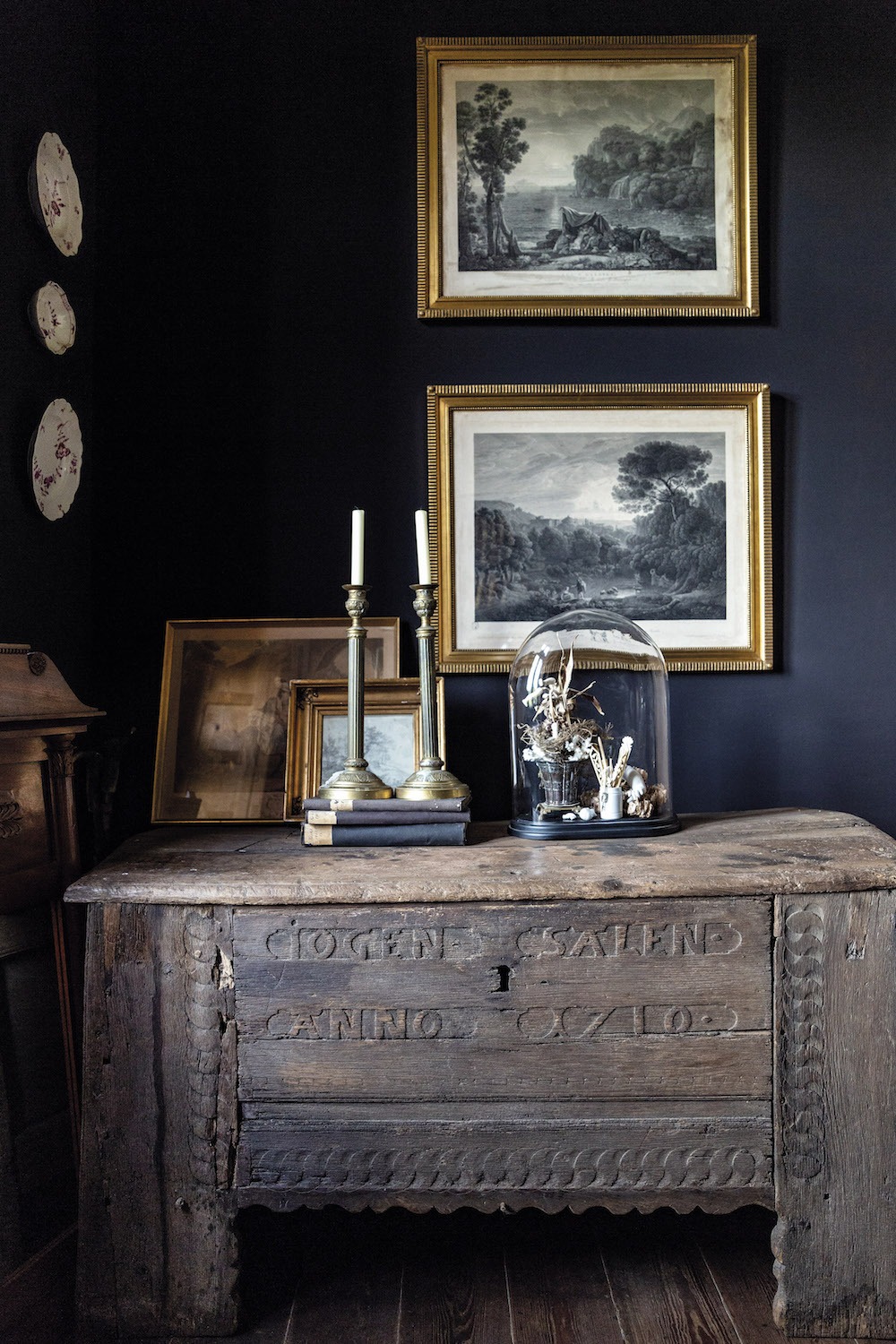
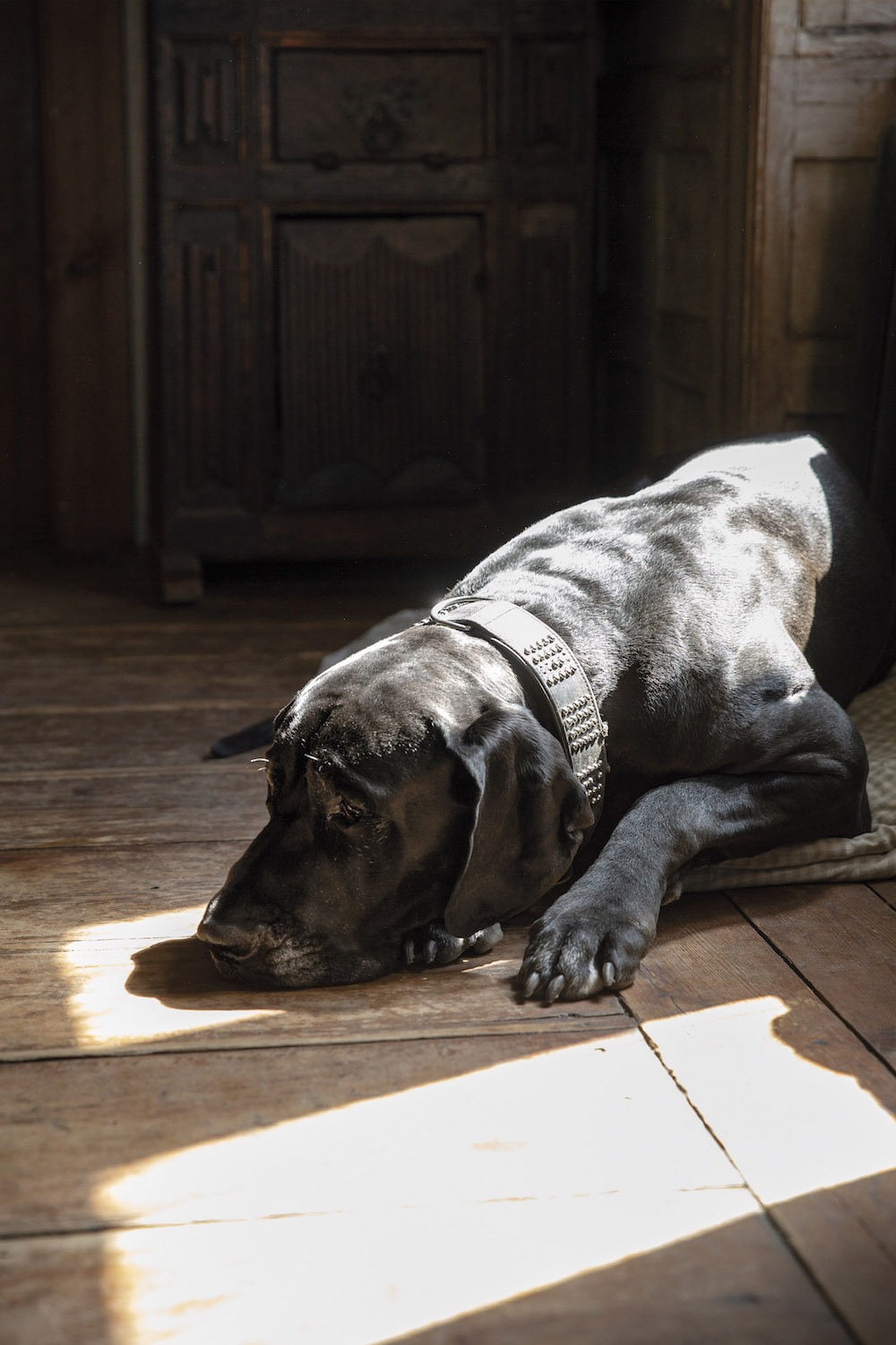
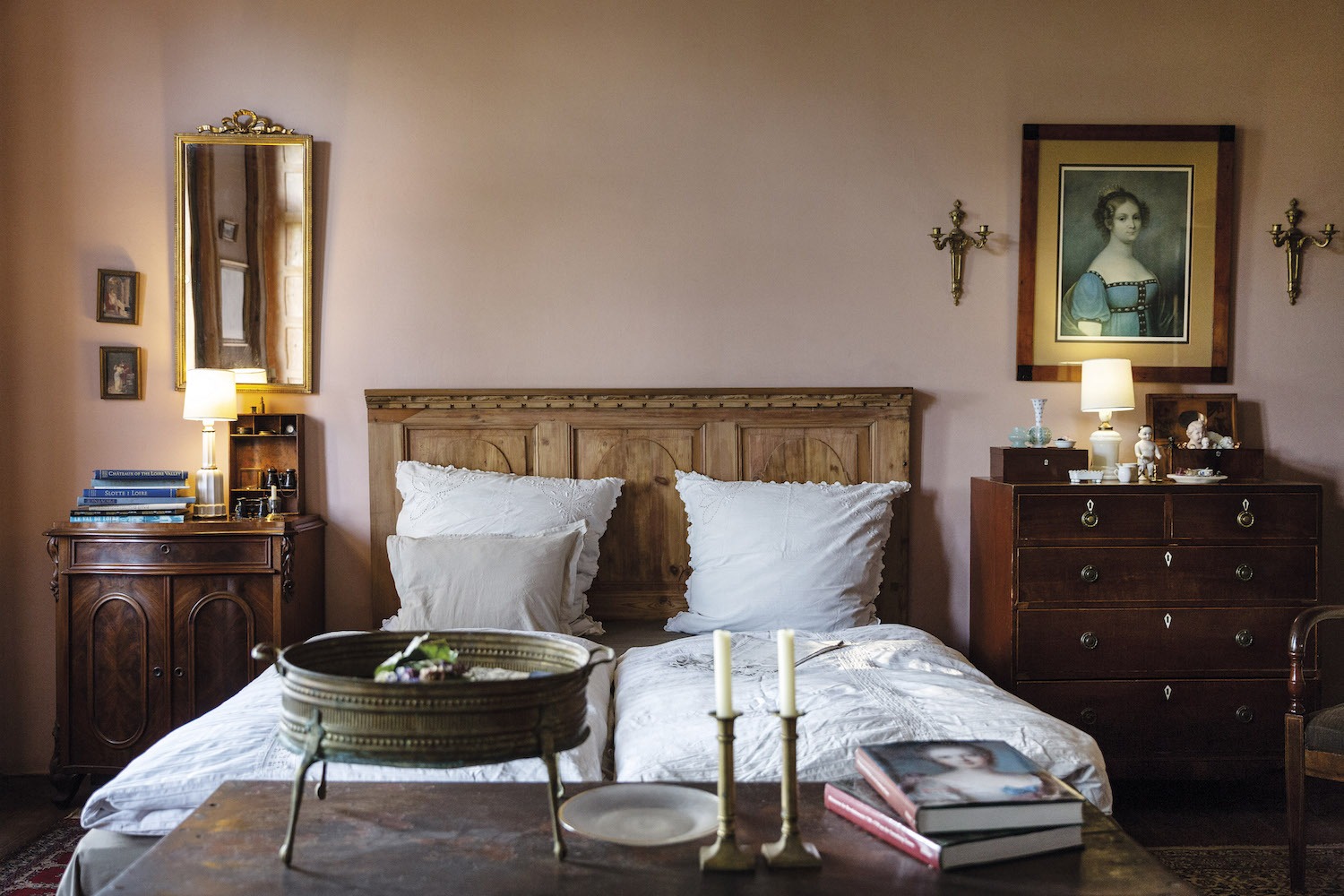
One of the most striking features of the house is the portrait of one of Christina’s ancestors. ‘I can trace my ancestry back 700 years or more,’ says Christina. ‘The friendly-looking guy in the painting is supposed to be Bendix Ahlefeldt. Coincidentally, his sister Adelheid Benedikte married into the neighbouring village in 1719.’
Despite its imposing size and blood-red colour, the manor house –and the grounds in which it resides– are quietly unassuming. There’s a very real sense of openness, and not just regarding the landscape. It’s something that visitors have picked up on over the years.‘Since we moved here,’ muses Knut, ‘a lot has happened. A school friend and his wife bought a house in the region, as did another couple, Wolfgang and Jutta. A friend called Jens did the same, and Ollie and Janette whom I’ve known for 25 years. The most recent addition are friends from Berlin, who are food bloggers called Krauptkopf. The list goes on.’
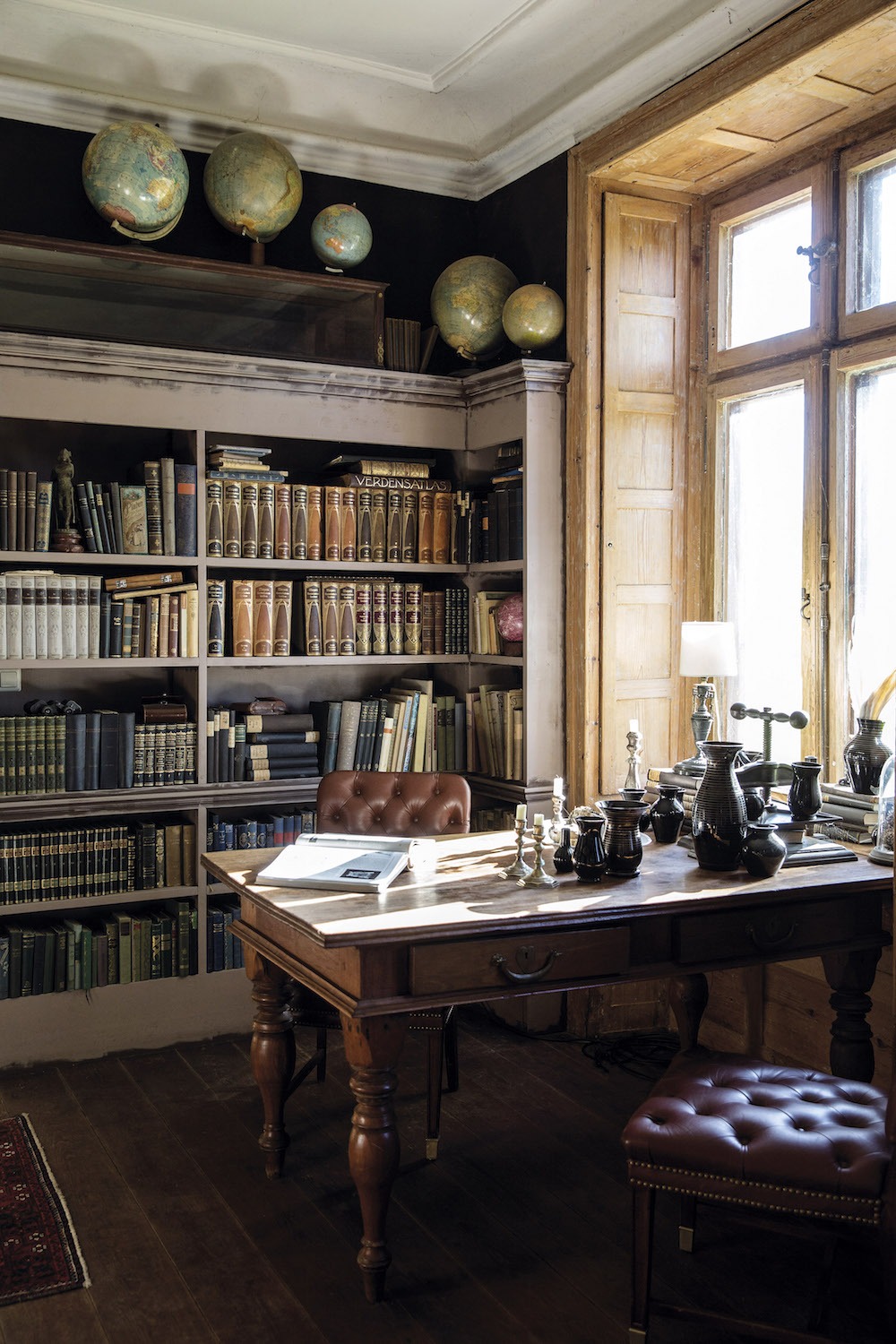
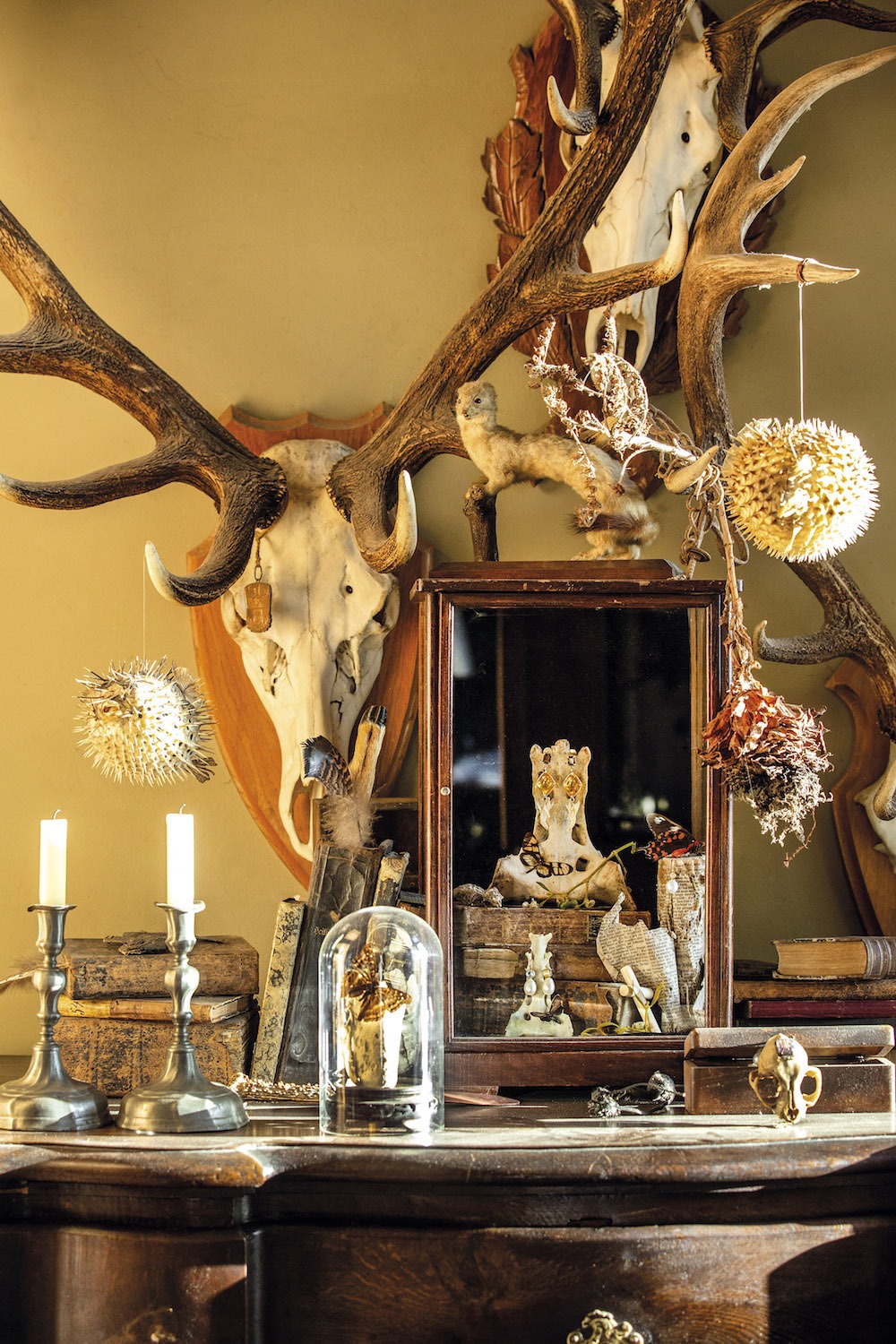
Among the many opportunities they’ve taken advantage of, perhaps the one that keeps them most occupied is the Gutshaus Rensow. Throughout the year, there’s a steady flow of guests from all around the world.‘We don’t travel like we used to,’ says Christina. ‘But our way of travelling nowadays is through our guests.’‘They’re generally interesting people,’ continues Knut. ‘They’re interested in culture and history and we have great conversations. Guests from London told us that their children had met and conversed with more nationalities in the space of a week than the entire rest of the year at home.’
In addition to this, Knut and Christina have also become very close with the locals.‘Our small village has ended up being a city in a way,’ says Knut. ‘We are surrounded by good neighbours. I can pass by any time and drink a glass of wine with them.’ This soon inspired more organised events, most famously their Wednesday night dinners.‘Most people are working,’ explains Knut, ‘and many already have weekend activities. 8pm on Wednesday seemed like a nice time. At first, everybody contributed by bringing wine, etc., and then a friend suggested a money jar. Group sizes vary from five to 25. There’s usually a 24-hour ‘reservation’.’
The couple serve a veritable feast, the food often seasonal, such as asparagus in the springtime, or wild boar in the summer months. One such menu includes: beluga lentil and white broccoli salad, homemade pesto using herbs picked fresh from the garden, pâté, courgette spaghetti, quail eggs, and a rhubarb compote made by their eldest son Bendix.
Seated around a large wooden table, close to the peacock’s rock, the guests eat and drink, filling the air with chatter and laughter. They include farmers, teachers and likeminded entrepreneurs. In bringing people together and sharing their everyday lives, the couple help foster a sociable close-knit community. If that weren’t enough, Knut and Christina also put on occasional concerts, though these are reserved for Sundays during the winter.‘We have had several bands use our place as a retreat,’ says Christina. ‘Such as Oui D’accord, a music trio based in Berlin who came three years ago and wrote a song inspired by our schoolhouse called ‘Wabi Sabi alte-schule’. The musicians appreciate the quietness and lack of distraction. We usually ask them to share their work, inviting people from the region.’‘They’re not big concerts,’ says Knut. ‘Living room-style. 25-35 people. A music video was once filmed here.’
As the sun sets over the estate, the silhouette of a peahen bulges at the top of a tree. All is well, she seems to imply. The empty plates concur.
Find this story in issue Nº10





